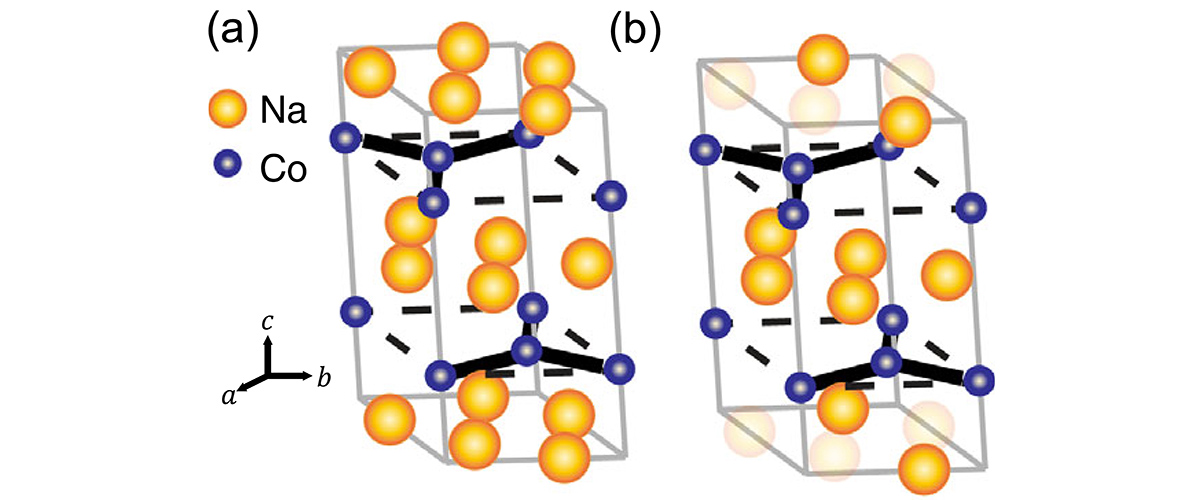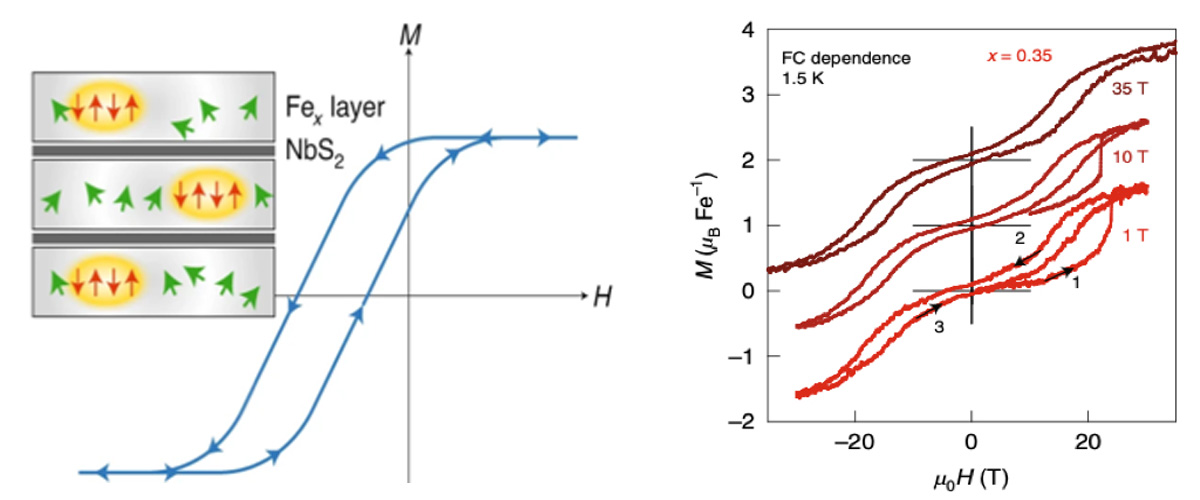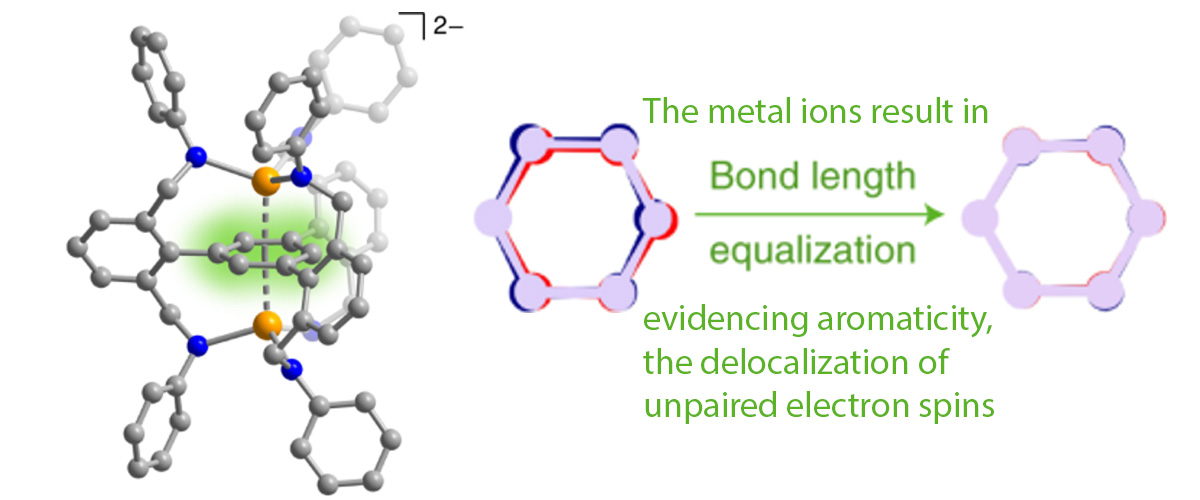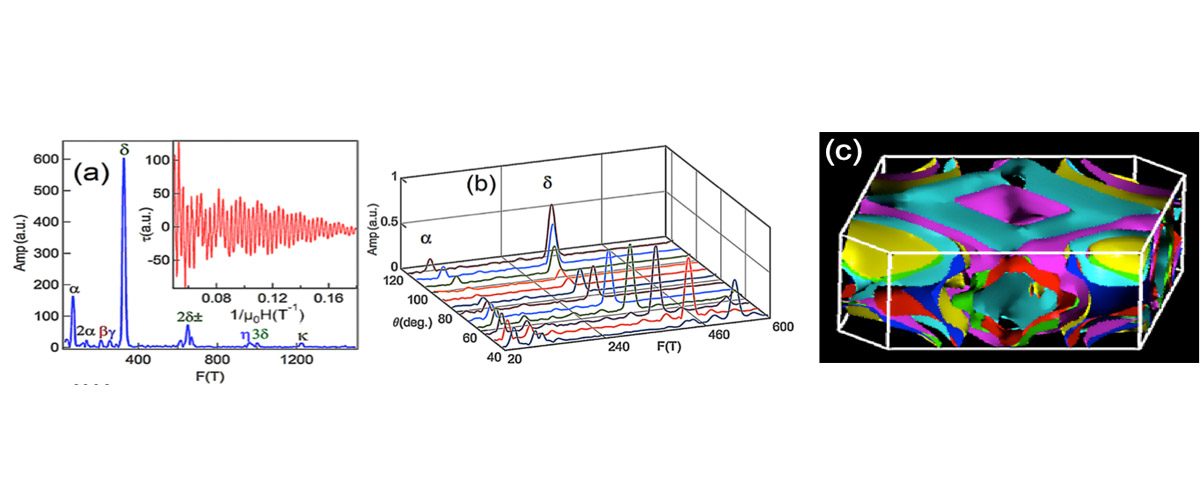What did scientists discover?
This research collaboration studied an enigmatic magnetic material, Na2Co2TeO6, that is thought to host exotic magnetic excitations that could be utilized in future quantum computing schemes. Through detailed theoretical analysis of the spectroscopically determined magnetic excitation spectrum – and how it changes across a wide magnetic field range – this work reveals the crucial role of microscopic disorder in the crystals that strongly affects the resulting magnetic properties.
Why is this important?
This comprehensive study has resulted in a detailed understanding of the magnetic excitations in Na2Co2TeO6, revealing the key role of disorder associated with the sodium atoms immediately surrounding the cobalt spins. Understanding the role of disorder more generally (and how to control it) in this class of materials is an important prerequisite for development of future information technologies.
Who did the research?
L. Xiang1, R. Dhakal2, M. Ozerov1, Y. Jiang3, B. S. Mou2, A. Ozarowski1, Q. Huang4, H. Zhou4, J. Fang5, S. M. Winter2, Z. Jiang5, D. Smirnov1
1MagLab / Florida State University; 2Wake Forest University; 3Anhui University; 4University of Tennessee; 5Georgia Institute of Technology
Why did they need the MagLab?
Measuring the precise nature of the magnetic excitations associated with the Na2Co2TeO6 compound over a wide range of magnetic fields and frequencies was essential to diagnosing the role of disorder in these complex quantum magnetic materials. High magnetic field measurements in the MagLab’s Electron Magnetic Resonance (EMR) facility and DC Field facility provided unrivaled experimental insights by bringing to bear the combined capabilities of high-field electron paramagnetic resonance (EPR) and far-infrared magnetospectroscopy (FIRMS) that are available at the MagLab.
Details for scientists
- View or download the expert-level Science Highlight, Disorder-Enriched Magnetic Excitations in a Heisenberg-Kitaev Quantum Magnet, Na2Co2TeO6
- Read the full-length publication, Disorder-Enriched Magnetic Excitations in a Heisenberg-Kitaev Quantum Magnet Na2Co2TeO6, in Physical Review Letters
Funding
This research was funded by the following grants: G.S. Boebinger (NSF DMR-2128556); D. Smirnov (DOE DE-FG02-07ER46451); H. Zhou (DOE DE- SC0020254); Z. Jiang (DOE DE-SC0023455)
For more information, contact Stephen Hill.






